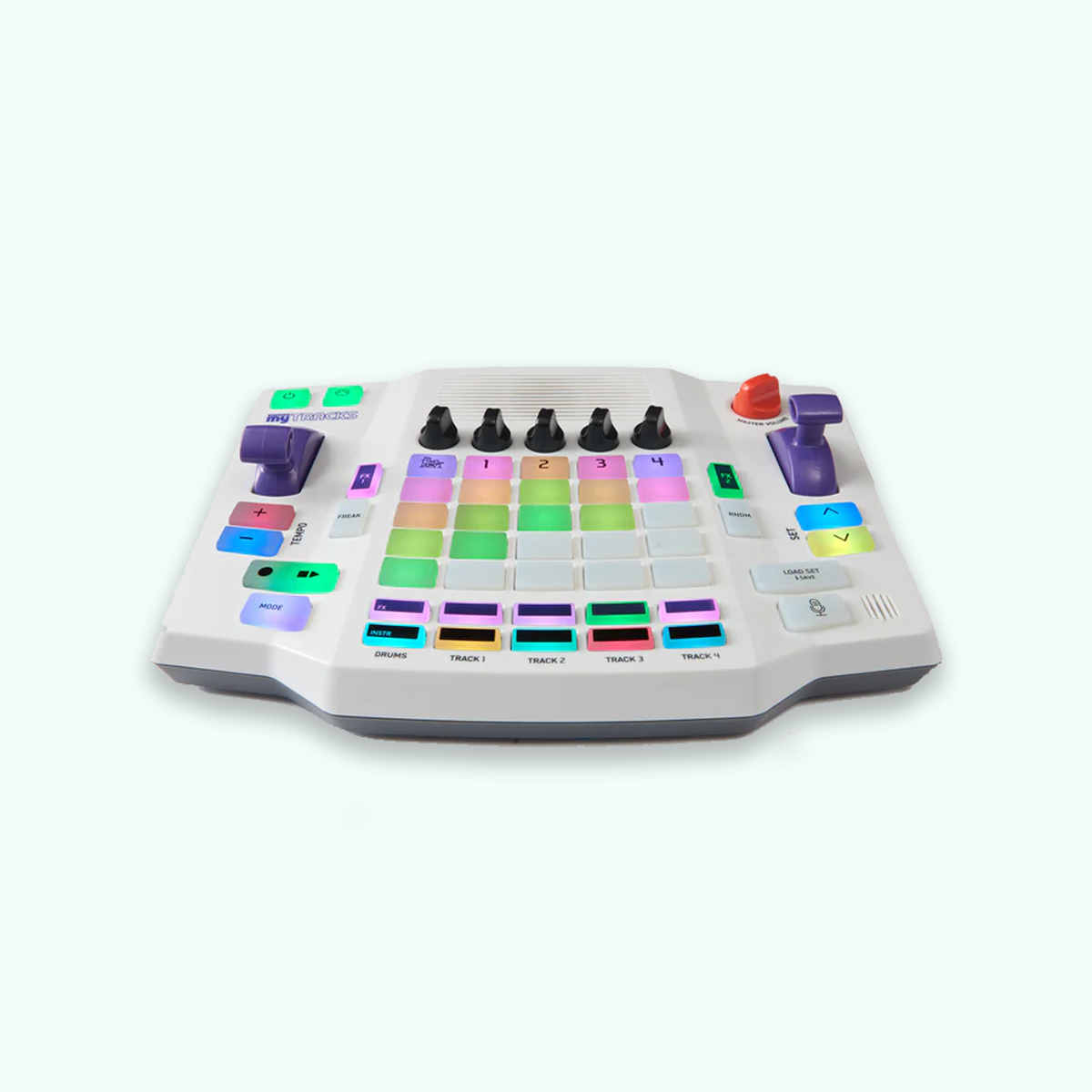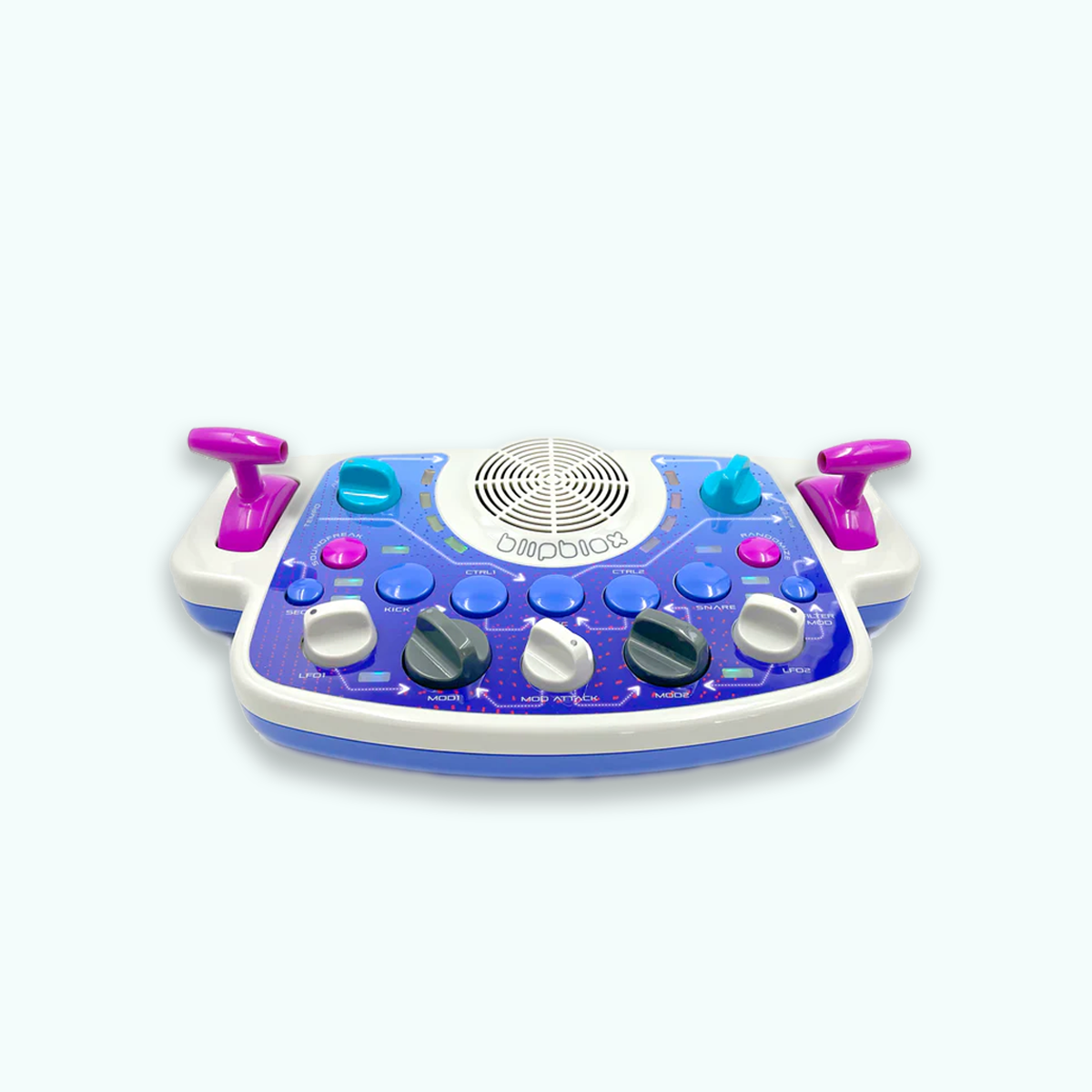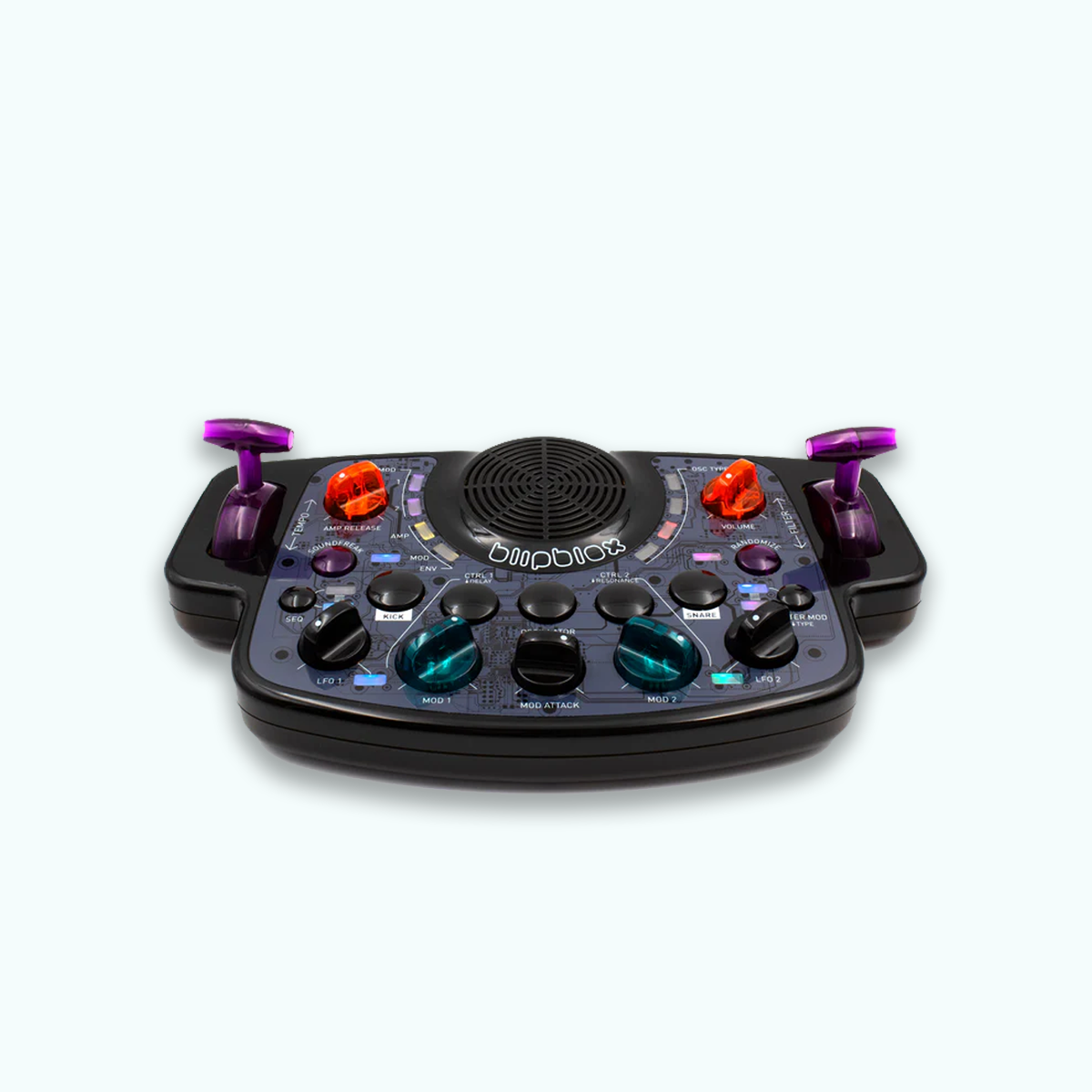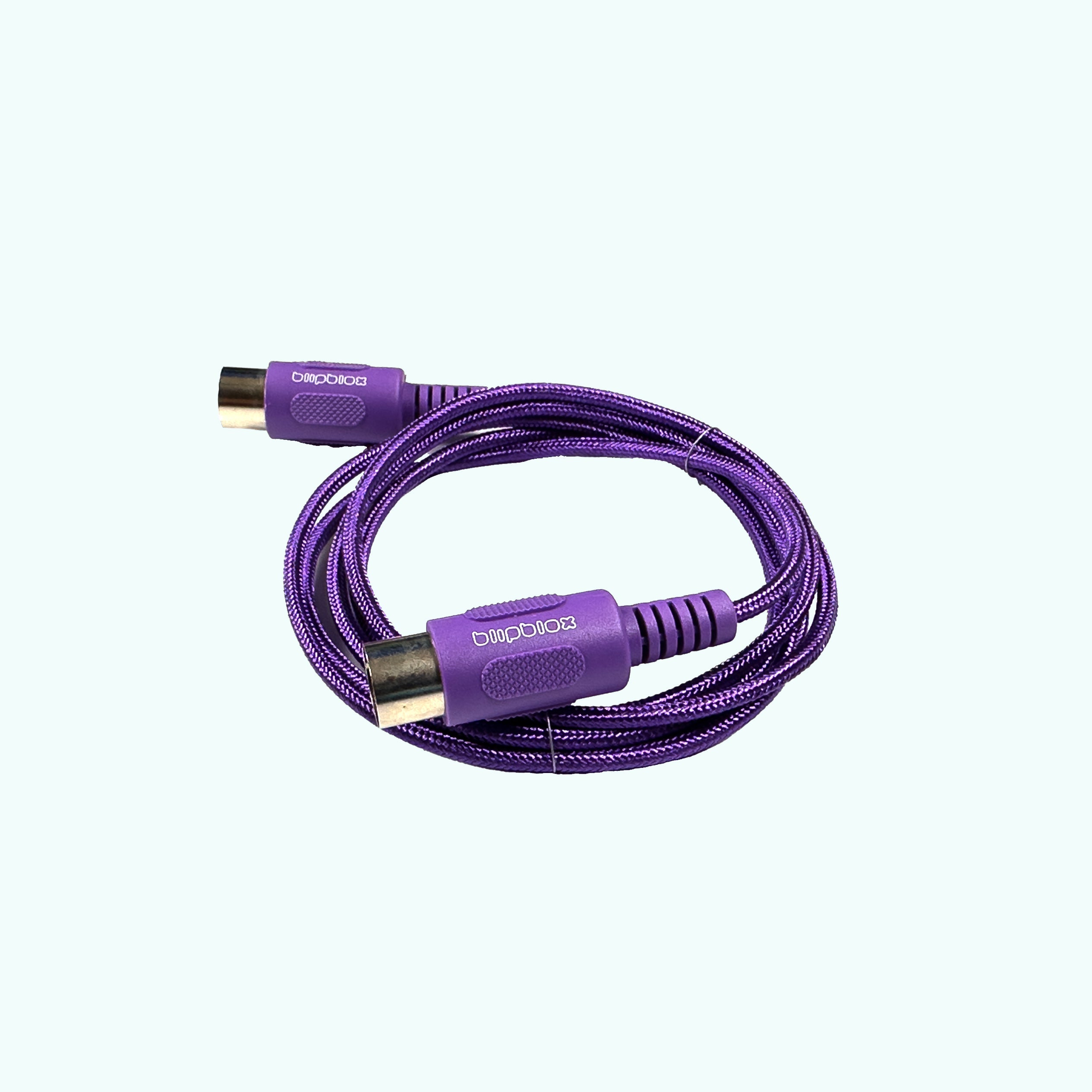General FAQ
-
Learning a musical instrument provides a lifetime of enjoyment. While today’s music increasingly relies on synthesizers, drum machines and samplers to create new and exciting sounds, the complexity of these tools makes them hard to get into the hands of children. Blipblox aims to change that by making electronic instruments fun, easy and safe for all ages. We feel that if intrigued and entertained, children have the ability to understand powerful music creation tools, inspiring them to create the music of tomorrow.
-
- Blipblox After Dark and SK2 are fully functional synthesizers, and our most toy-like, easiest products to use. Just turn them on, and the music starts playing, inviting interaction and creativity.
- The Blipblox myTRACKS is a sample-based music production studio.
Blipblox Synthesizers are designed to make exploring soundwaves fun. They use the same signal flow as a real synthesizer, creating sound with oscillators, and then modifying the sound with a filter. There are different ways to “modulate” a sound using Low Frequency Oscillators and Envelopes. Although these may sound like complex terms, Blipblox makes using these synthesis building blocks easy and fun. The synthesized sound is generated by mathematical algorithms.
The Blipblox myTRACKS uses clips of real sounds (called Samples) played by melodies (called Clips) to create layed, full songs. Since it is sample-based, it can play acoustic sounds such as pianos, guitars, horns, etc. It has 48 different instruments that can be selected across 5 tracks. It has a built-in microphone for recording any audio. The myTRACKS a bit more complicated and sophisticated compared to the synths, so it is recommended for older kids.
Why not both? The myTRACKS and our synthesizers are specifically designed to work together when connected with a handsome Blipblox Purple MIDI cable.
-
Blipblox products have been proven as an effective learning tool for early childhood development. They quickly engage kids and teach them how they can control sounds and create music. It teaches them the basics of signal flow, understanding how sound gets modulated as it moves through different stages. Blipbloxes have also been effective in helping special needs kids express themselves in an innovative, non-verbal way. The Blipblox Synthesizer was the winner of the SBO Best Teaching Tool for Pre-School students.
-
All Blipblox products have been tested by hundreds of kids from a variety of backgrounds and ages. At numerous live events of all kinds, we’ve witnessed first hand the variety of kids who love playing with the Blipblox. Many, even those with no music experience, take to the Blipblox quickly and continue a focused play for an extended period of time without the need for advanced instruction.
-
While every kid is different, these are our general observations for what aspects of the Blipblox will attract which age groups:
Under 3
Blipblox products are safety certified for kids 3 years and older. While some children under 3 may enjoy them with close parental participation, we have found that the device is a little advanced for them.3-4 years
Younger kids are attracted to the Blipblox light show and brightly colored knobs and buttons. But the most popular controls are the signature vibrant levers. Many kids love to incorporate the Blipblox into imagination play, so it becomes a spaceship controller or “lava flow meter” (actual quote from a kid). We have seen some more musically-oriented kids at this age start to twist the knobs in a more deliberate way and are able to get some really cool sounds from the Blipblox.5-8 years
Kids at this age still like the lights and levers, but many are also starting to understand that they are controlling and creating sound. As kids start to use the Blipblox more, they develop the skills to follow the signal flow lines and connect them to the sound they are hearing. They also love the kick and snare drum beatbox controls.9-12 years
While the kids at the older end of this age range may at first think a Blipblox looks like a kid’s toy, it doesn’t take much for them to realize they are real musical instruments. This is also the age where they can think about incorporating any music gear like MIDI keyboards, drum machines, and other synths into their music setup. Kids who already have experience with a DAW will soon realize that Blipblox products can be used for music production.13 years-AdultTeens and adults that are into electronic music or music production are attracted to our products because they look fun but are also legitimate tools. Blipbloxes become studio devices used to create new synthesized sounds and beats that can be incorporated into a more layered song. MIDI In means you can connect them to other pro music gear. Audio Out means they can be recorded and layered into a hit track. Musicians of all ages find our products uniquely inspiring for producing new sounds.
-
All of our products are in compliance with toy safety standards set forth by the USA, UK and the European Union, including: FCC, CE, UKCA, ASTM F963-17, CPSC 16, EN62115, REACH, RohS and CA Prop 65 for toys. All control components are securely locked into the design, so it is impossible to remove any knobs or controls. The Blipblox is free of any sharp edges, and the batteries are secured inside a screw-down compartment. All of our products are manufactured with a very durable plastic designed to take hard hits, drops and spills.
-
Yes. They come with AA batteries and a built-in speaker. You can create music anywhere!
-
Blipblox products can run at least 8 hours on fresh AA batteries. They automatically power off if left untouched for 30 minutes, and can also be used with the included USB power cable.
-
Our products are full featured and fully tested on the day you receive it. However, it is possible to upgrade the Blipblox synthesizers firmware over the MIDI port with a sysex file if necessary. The myTRACKS firmware and sounds are upgradable over USB using a PC or Mac.
-
Yes, there are several modes to reduce LED activity. Please see the user manual for details. The reduced LED settings are preserved through power cycles.









